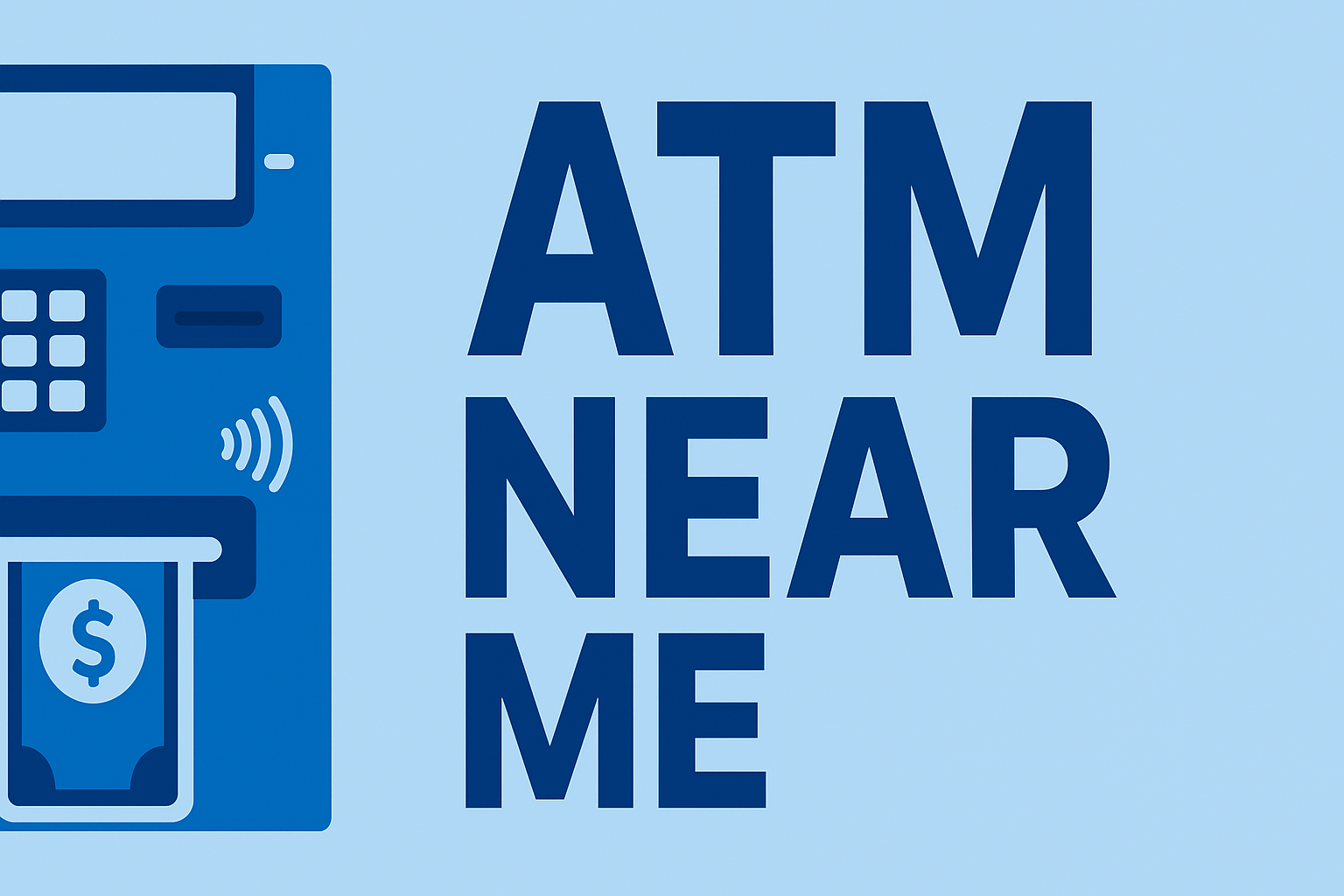Modern ATMs aren’t just about convenience—they’re about accessibility. Accessible ATMs make it easier for people with disabilities, seniors, and anyone facing mobility or vision challenges to manage their money independently. This guide explains the key accessibility features banks are adding, how to find these ATMs, and what regulations ensure fair access.
What Is an Accessible ATM?
An accessible ATM is designed so that people with physical, visual, or auditory impairments can complete transactions without assistance. These machines follow ADA (Americans with Disabilities Act) standards and often include multiple sensory and ergonomic features.
- Audio guidance: Headphone jacks or speakers provide spoken instructions.
- Braille keypads: Buttons are labeled for users with limited or no vision.
- Screen magnification: Enlarged text and high-contrast displays for easier readability.
- Wheelchair access: Lower placement and extended reach zones for comfort and compliance.
- Tactile indicators: Raised symbols help users identify important controls quickly.
ADA Requirements for ATMs
The ADA mandates that both freestanding and drive-up ATMs provide accessible options for all users. Banks and ATM operators must ensure that at least one machine at each location meets accessibility standards.
- Audio output: Spoken prompts available through standard 3.5mm headphone jacks.
- Reach range: Controls and screens between 15–48 inches from the ground.
- Privacy: Audio features must protect confidentiality for blind or low-vision users.
- Visual display: Brightness, contrast, and color options must be adjustable.
How to Locate Accessible ATMs
- Use your bank’s mobile app—filter for “Accessible ATM” or “ADA Compliant.”
- Check national networks such as Allpoint or MoneyPass that list accessible locations.
- Use Google Maps and include “accessible ATM near me” or “ADA ATM near me” in your search.
- Look for the wheelchair or headphone icon displayed on the ATM casing.
For multilingual accessibility, explore our post on multi-language ATMs that support English, Spanish, and other languages through on-screen and audio options.
Accessible ATM Features by Major Banks
| Bank | Accessibility Features |
|---|---|
| Chase | Audio jacks, screen magnifiers, wheelchair-height ATMs. |
| Wells Fargo | Braille labeling, tactile keypads, voice guidance in English and Spanish. |
| Bank of America | ADA-compliant layouts, raised number pads, and talking ATMs nationwide. |
| PNC Bank | Accessible drive-thru ATMs and audio instructions via headphone port. |
| US Bank | Customizable display contrast and large-font options for low-vision users. |
Why Accessible ATMs Matter
Accessible ATMs promote financial independence and inclusion. They help seniors, veterans, and people with disabilities manage cash securely without relying on others, reducing barriers to everyday banking and improving community trust in financial institutions.
- Improves independence for visually impaired users.
- Supports inclusive design standards in public infrastructure.
- Expands financial access in underserved areas.
- Aligns banks with federal accessibility regulations.
FAQs About Accessible ATMs
Do all ATMs have accessibility features?
No. Only machines labeled ADA-compliant include full accessibility options like audio output or Braille keypads.
Can I use headphones at an ATM?
Yes. Most accessible ATMs include a 3.5mm headphone jack for private voice guidance.
Are drive-thru ATMs ADA-compliant?
Yes, provided the machine’s controls and screen are within reach from a vehicle’s window and include audio options.
What should I do if an ATM isn’t accessible?
Contact your bank to report it. The ADA requires at least one accessible machine per location.
Key Takeaway
Accessible ATMs make banking inclusive and safe for everyone. Whether you need voice guidance, Braille labels, or lower reach zones, most major banks now offer ADA-compliant machines designed for independence and equal access to financial services.
Explore wheelchair-accessible ATMs for more location-specific accessibility insights.
Updated October 2025
